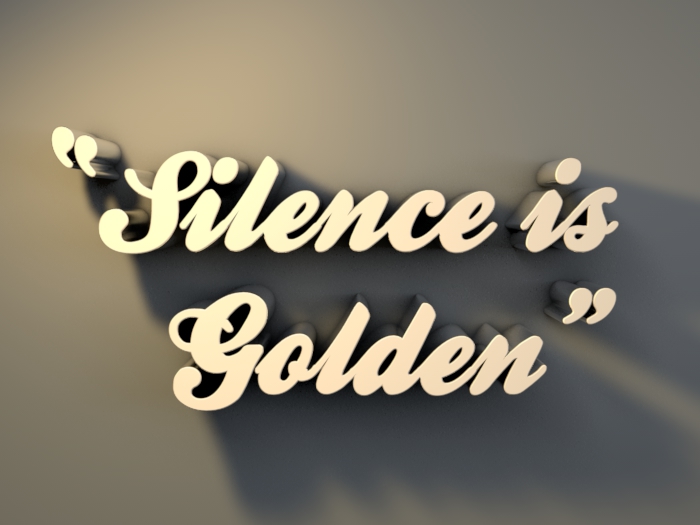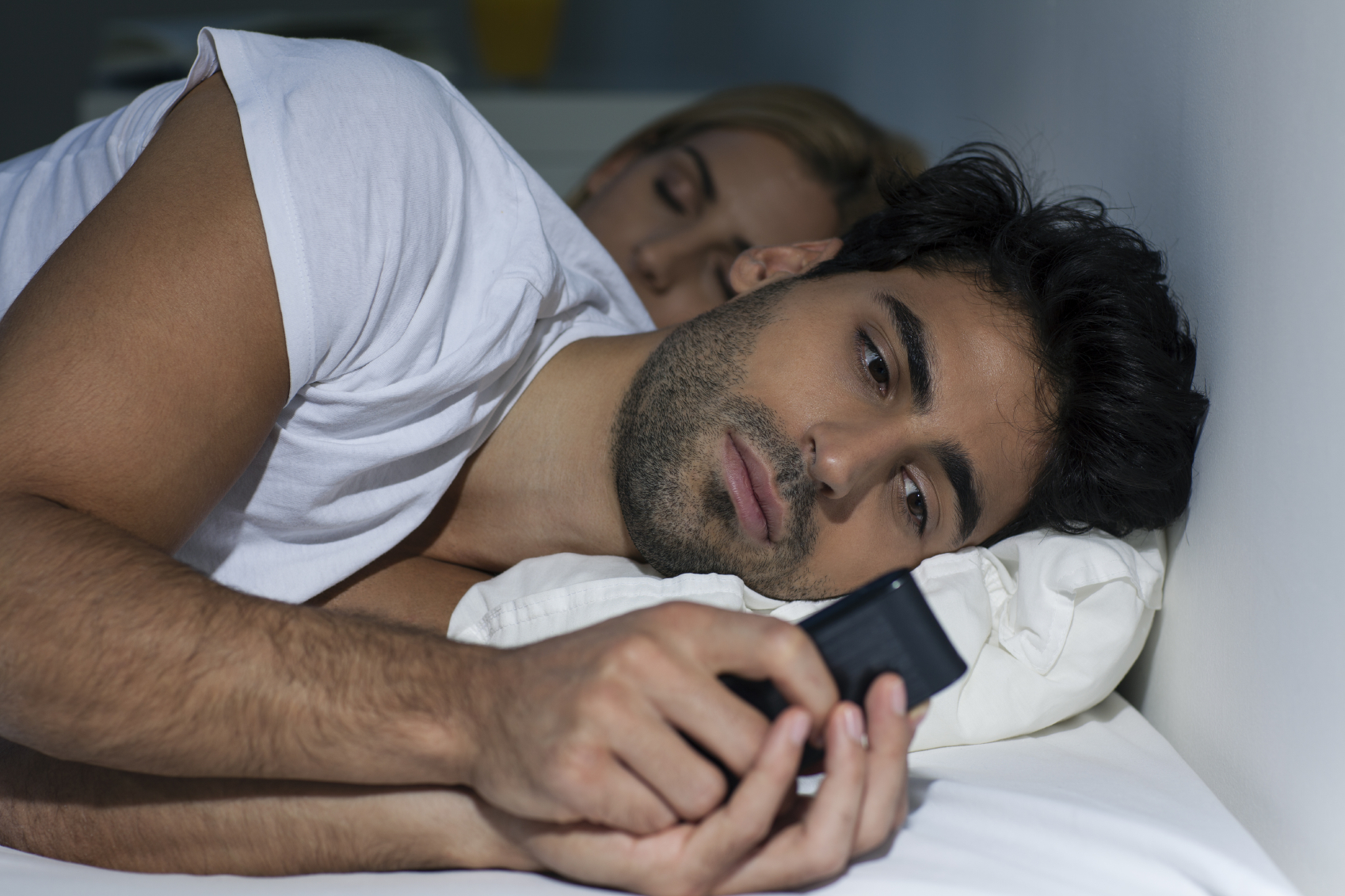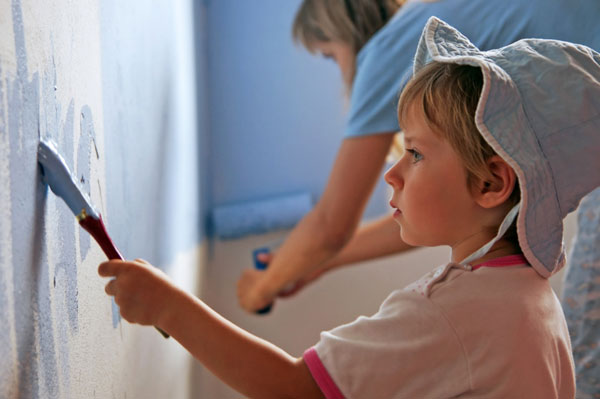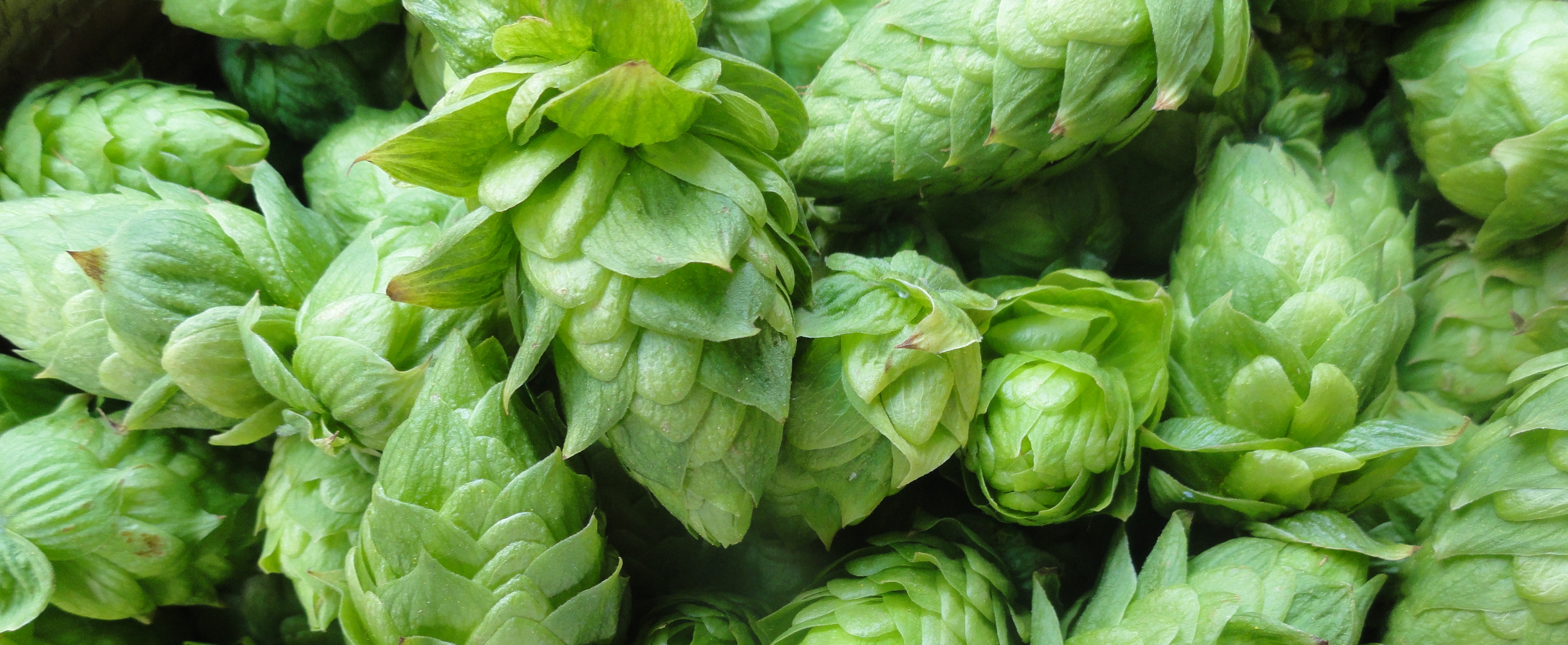1) Embrace the darkness. It’s your friend.
As we covered in our last blog post, our bodies use levels of ambient light throughout the day to regulate their production of melatonin, the hormone responsible for making us drowsy at night. When we expose ourselves to artificial light in the evening, especially blue light in particular, it tricks our brains into thinking it’s still daylight outside, and thus not time to get tired.
In order to get the best sleep we possibly can, it’s important for us to limit the amount of blue light we’re exposed to, especially in the evening. While forgoing electronic use before bed is very important since the screens produce lots of blue light, replacing the light bulbs in your bedroom can also make a big difference. Reddish light interrupts melatonin production less than any other color in the spectrum, so consider using lights with these colors in the evening hours to prepare for bed.
Once you have your ideal lighting figured out for the evening hours, blackout curtains can keep your room entirely dark when you decide it’s time to turn them out. (Be sure to ban all glowing clocks and other electronics from the bedroom as well—your brain and body will thank you.)
2) Keep cool!

When we sleep, our body temperatures drop. So by making this process easier for them to achieve, we can kick start the process! While many experts suggest lowering the temperature in our bedrooms by about ten degrees from what we prefer during the day, others simply suggest setting it to whatever is most comfortable for each individual sleeper. As long as the temperature is somewhere in the 65 to 72 degree Fahrenheit range, it will likely make a difference.
3) Silence is golden.

If you find yourself distracted by annoying noises at night, your sleep environment is less than ideal. While it’s impossible to stop sounds from traffic or a busy neighborhood at their source, there are steps you can take to lessen their intrusion into your bedroom.
First off, a thick rug or heavy-duty blinds can often help dampen or block unwanted external noises. However, sometimes the best defense is a good offense, which is why white noise generators exist. Essentially, white noise generators are either a piece of software that runs on your computer or smartphone, or a standalone device that produce a constant, inoffensive stream of ambient sound to block out more distracting ones. If that’s still not enough, you may have to resort to sleeping with earplugs to completely block out distractions.
4) Get rid of distractions.

Your bedroom should only be used for sleep and sex. In addition to the detrimental light they produce, smartphones, tablets and computers can also be a regular source of work reminders and stressful distraction. The solution: don’t bring them into the bedroom! Two of the most common causes of insomnia are work and financial stress, so if you’re a workaholic, don’t even tempt yourself with access to your work materials as you’re trying to relax for the evening.
If you’re checking work emails or flipping through reports on your tablet with your head on your pillow, you’re creating a mental association between your bedroom and work instead of sleep, and this is extremely counterproductive! If you absolutely have to work in the evenings, set up your office space in a separate room from your bedroom.
5) Redecorate and make new bedding purchases if needed.

The most important element in your bedroom is obviously your bed itself. Experts recommend replacing your mattress every five to seven years, so if yours is past that timeframe, you may want to look into getting a new one. (Even if it still feels supportive, chances are your sleep quality is suffering if your mattress is older than seven years.) In addition to choosing the right mattress, it’s also important to choose the right pillows for your sleep style, and make sure the sheets and comforters you choose are a high enough thread count.
The colors you choose to paint your bedroom can also impact how well you sleep. While you may be a very vibrant, energetic person, loud colors like orange or red can actually cause a stimulating effect in humans, so it may be best to opt for more muted or neutral tones for your bedroom walls. When picking colors for your bedroom, think of the shades that are most calming to you. Common choices range from calming blues to soothing greens, but choose what works for you!
Until next time: sleep well, live well and be well!














